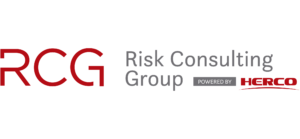Cargo transport in Brazil: how to manage it to prevent risks.
In general, Brazilians tend to be corrective rather than preventive. In the area of risk management in cargo transportation, this is no different. With almost 1 million and 700 thousand kilometers of highways, through which more than 60% of the volume of goods moved in the country pass and countless occurrences are recorded daily on the roads, the use of preventive resources by companies is essential. According to the National Association of Road Cargo Transport and Logistics (NTC&Logística), the states of São Paulo and Rio de Janeiro, together, led the cases of cargo theft, adding up to 80.66%* of the occurrences in 2016.
“The problem is that, when incidents like these happen, there is emergency combat. However, companies forget that it can happen again and that there are other costs involved, in addition to losses, that exceed the value of the transported cargo”, emphasizes Luciano Póvoa, transport risk manager at Herco, a risk consulting company and partner of MDS.
Every activity has chances to fail and mistakes can be costly. Therefore, prevention is the best solution to avoid unpleasant surprises. In this case, risk management appears as a way to shield financial losses and damage to the image. Still, if everything planned gets out of hand, organizations can turn to the insurance policy as a way to minimize losses.
preventive measures
Mapping logistics and risks, establishing processes, defining protective measures and having standards of conduct are the main strategies for successful risk management within a company. Planning must follow a structured method that is governed by stages: initially, a thorough assessment is made of financial losses within the logistical process, caused by theft, accidents, breakdowns, misplacement, etc. “It is important to emphasize that, in addition to financial losses, there are other hidden losses that can often be more devastating, such as risks to the environment and society, reputation with regard to the company’s image, loss of productivity or contracts due to breach of mission ”, emphasizes Póvoa.
Once the planning is done, the company needs to identify where the damage is occurring, prioritizing the biggest ones or those that happen the most. “If, for example, thefts during overnight stays at fueling stations are frequent, is it possible to map and identify the safest points or is it necessary to hire a redundancy resource? If the problem is accidents on long stretches, we have to understand the dynamics of how they are happening by analyzing the causes and contributing factors, starting with a specific program for treatment”, explains the manager.
With the diagnosis, it is time to implement measures and monitor to see if everything that was planned is being carried out or if improvements or changes are needed. “In summary, risk management work consists of identifying, analyzing and recommending preventive measures and constant mitigation of the risks involved”, says Póvoa.
Taking out insurance in practice
Business protection against unforeseen losses depends on the quality of insurance coverage and the service provided by the broker. Normally, this type of insurance comprises basic coverage, automatic contracting, and additional coverage, which usually meets the specific needs of each client.
There are insurance companies that, in addition to having a specialized technical team to handle the insurance policies contracted, quotations and coordination of claims, have partnerships with risk consultants. “Hence the importance of these companies, which, together with the insurer, can monitor the dynamics of risks throughout the term of the policy, proposing changes that benefit both sides of the business”, concludes Luciano Póvoa.




Leave a Reply
Want to join the discussion?Feel free to contribute!